Last week, I sang the praises of homemade bread. I have since discovered there's a small pitfall to making my first loaves of bread in I don't remember how long. The loaves disappear like crazy! This is due to the fact that homemade bread simply tastes better than the store-bought kind. People who haven't thought about bread in years rave about the fresh bread in our house right now. The fact is that the loaves you'll make will be smaller yet still more dense and filling than what you're eating right now.
So, today, we'll go your method since we already talked about the ingredients last night. I'll mention that this recipe can be used for whole wheat bread if you substitute half of the all-purpose flour for whole wheat flour. It's also able to be used with bread flour in the same proportions. Like I said, when you get used to making bread, you'll probably want to learn to make others, but let's get used to it first.
| Ingredient | Amount | Cost |
|---|---|---|
| Yeast | 2 pkgs | $0.63* |
| Warm water | 1 c. | |
| Warm Milk | 1 c. | $0.10* |
| Sugar | 1/2 c. | $0.14* |
| Melted butter | 1/2 c. | $0.22* |
| Eggs | 2 | $0.15* |
| All-purpose flour | 6 - 7 c. | $0.64* |
| Total | $1.88 | |
| * Based on price per package divided by amount used. | ||
We made 5 pounds of flour worth of bread and came up with 9 loaves of bread, all in different shapes:
1. Fill a mixing bowl with water that's approximately 115º F. Pour your yeast into the water, stir with a fork until it dissolves, and let it stand until it starts to bubble.
2. While your yeast sets, blend the warm milk, sugar, salt, butter, and eggs in a large mixing bowl. Mix these ingredients until the sugar and salt are completely dissolved.
3. Pour the yeast mixture into the mixing bowl.
4. Beat in 3 cups of flour until the mixture is fairly smooth.
5. Gradually stir in enough more flour to make a soft dough that pulls away from the bowl.
6. Knead the dough until it's smooth and satiny - about 8 to 10 minutes.
7. Place the dough into a greased bowl, cover it with a towel and set it in a warm spot until it doubles in bulk - about 45 minutes.
Our warm place is on top of our refrigerator. It's probably the best place to let your bread rise. Remember that heat rises, so the higher you can get your dough, the better it'll do.
8. Punch down and knead lightly 2 to 3 minutes on a floured cutting board or cabinet.
Now, you'll notice that you don't necessarily need a loaf pan to to make bread. If you make your loaves properly, you come up with some beautiful round loaves. We also had a french loaf pan sitting around that we finally got to use.
10. Cover your pans and/or loaves with a towel and allow them to rise in the pan or on the board for another 30 minutes.
11. Bake in a 350ºF oven for 20 minutes or until the crusts are golden brown. When you knock on a loaf, it should sound hollow.
Let your bread cool and try it. Send me pictures of your attempts!
How did it go? What does it taste like? What other types of bread do you want to try? Tweet to @cookingcheap
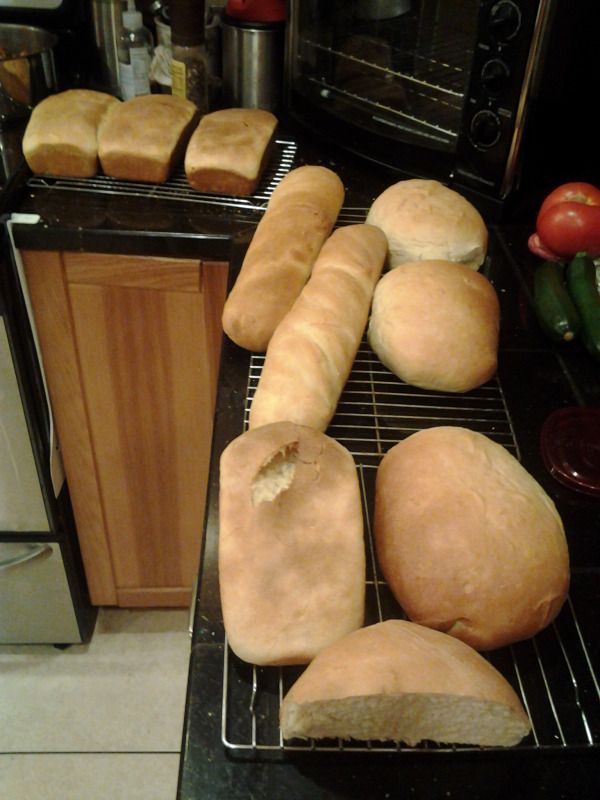
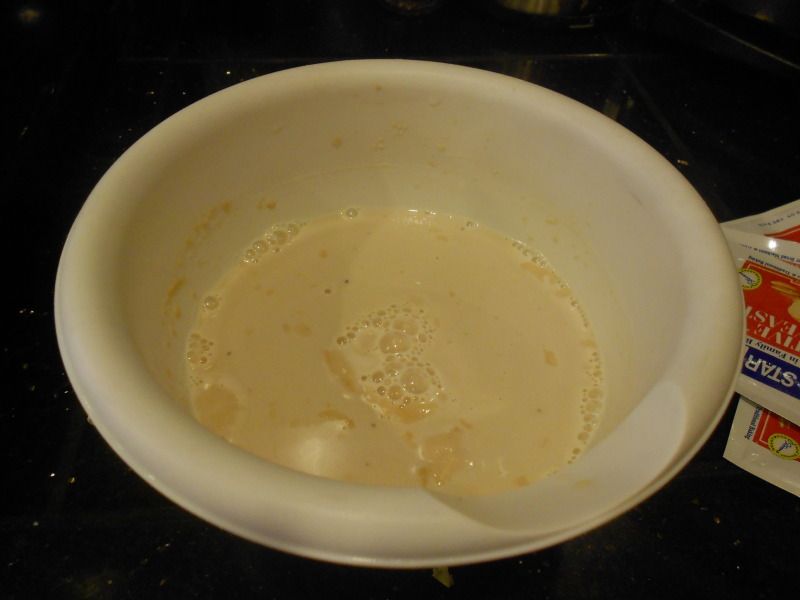
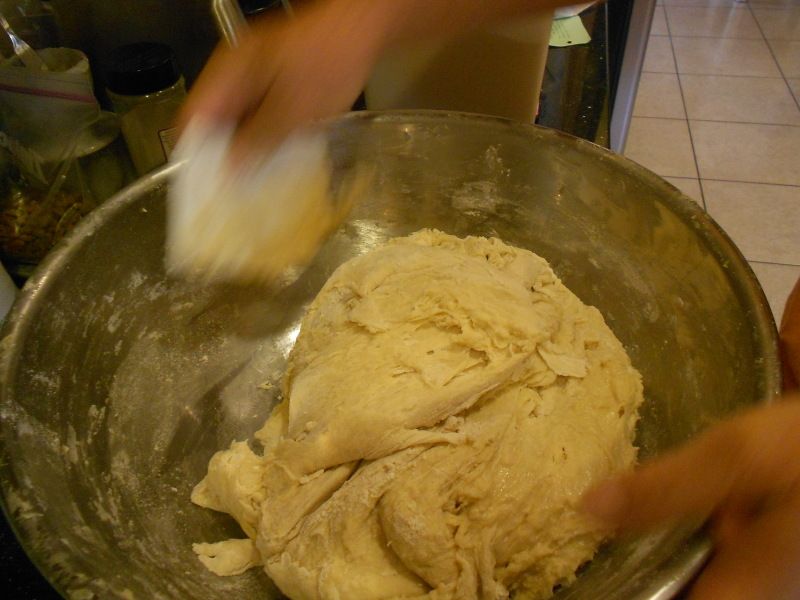
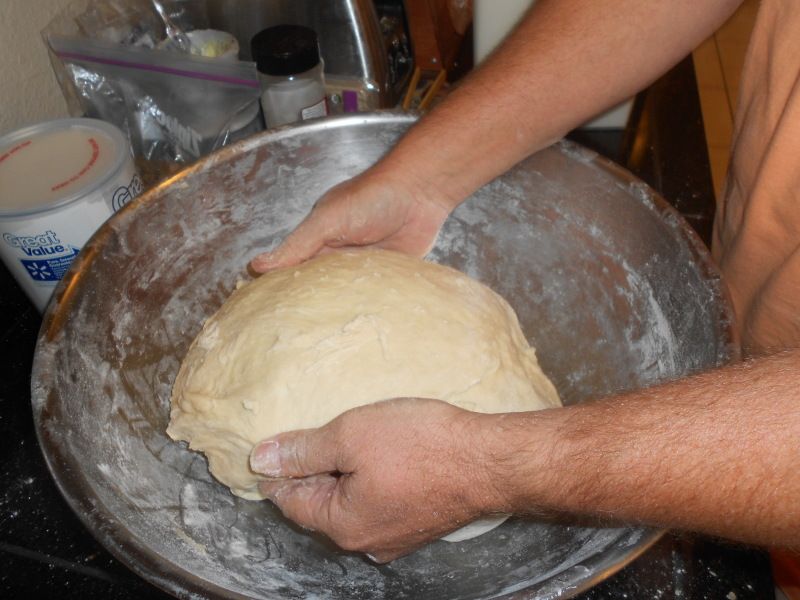
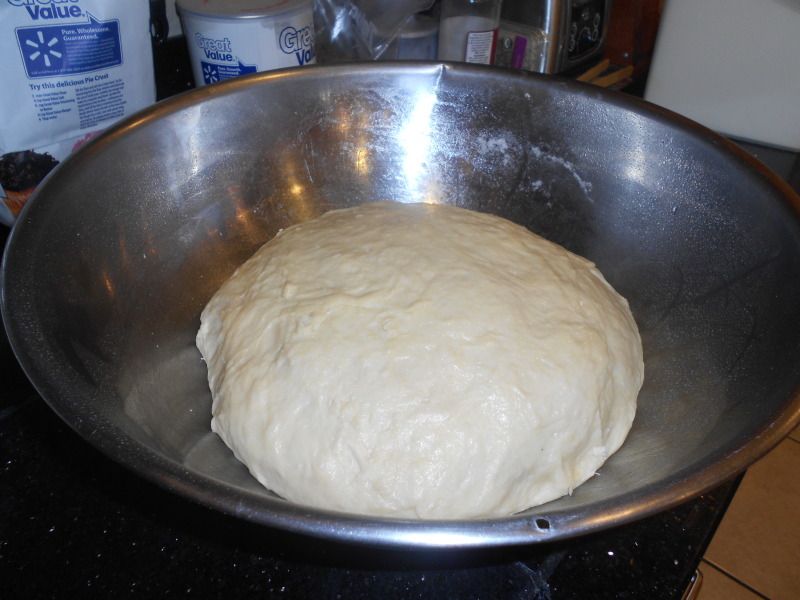
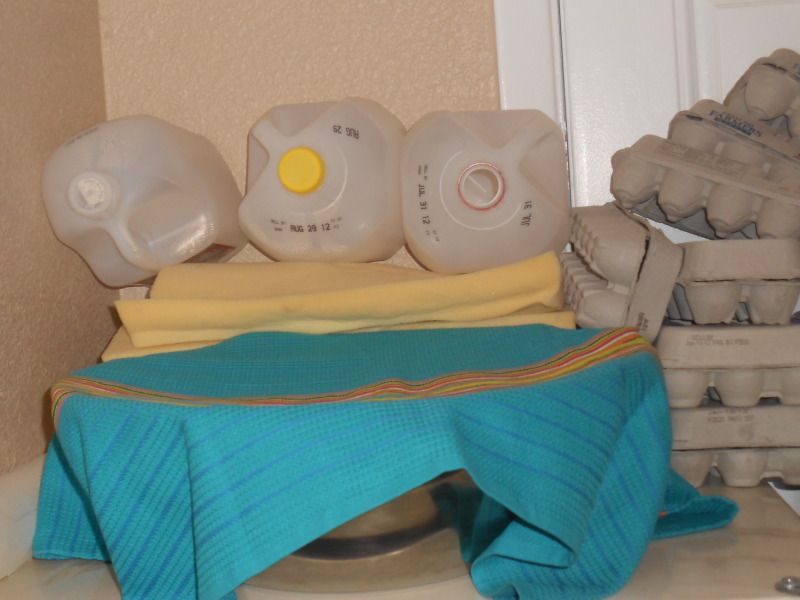
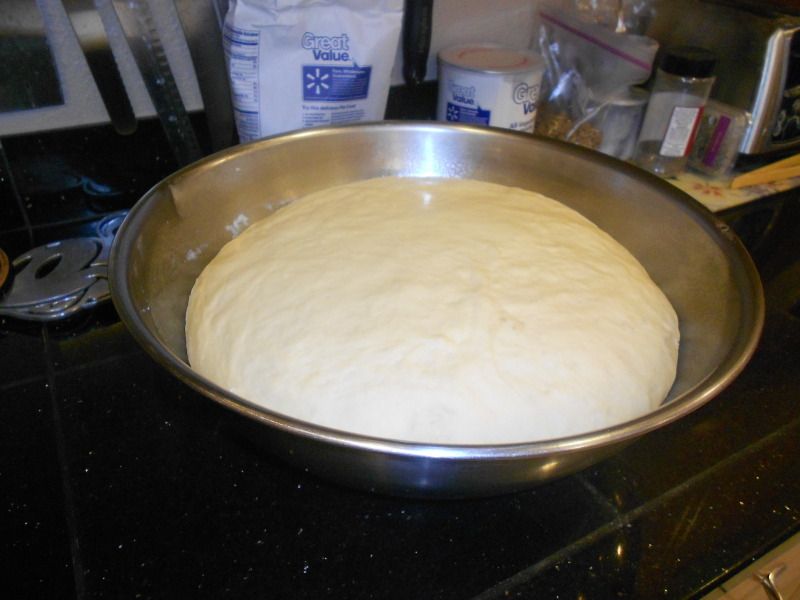
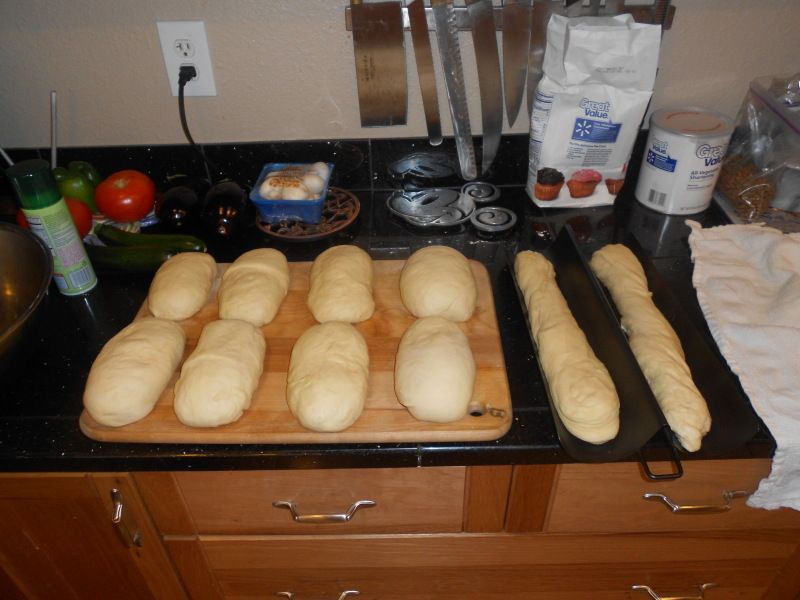
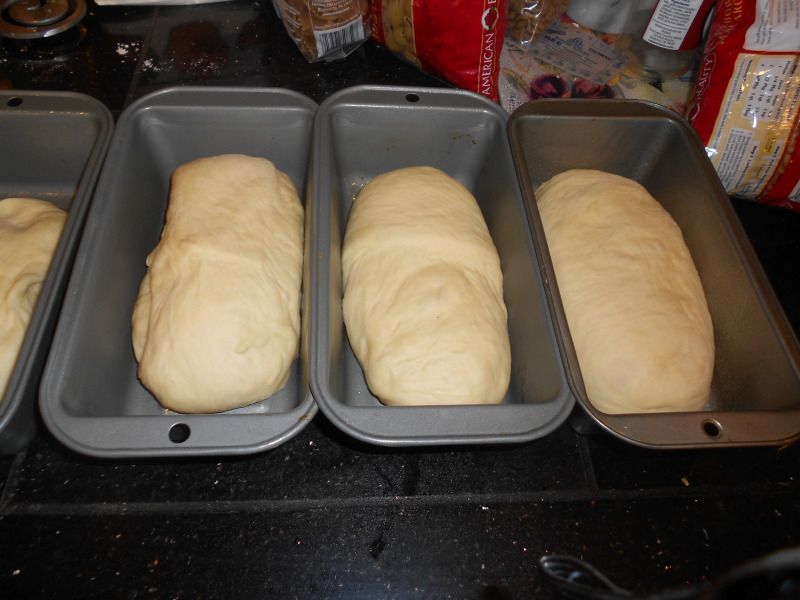
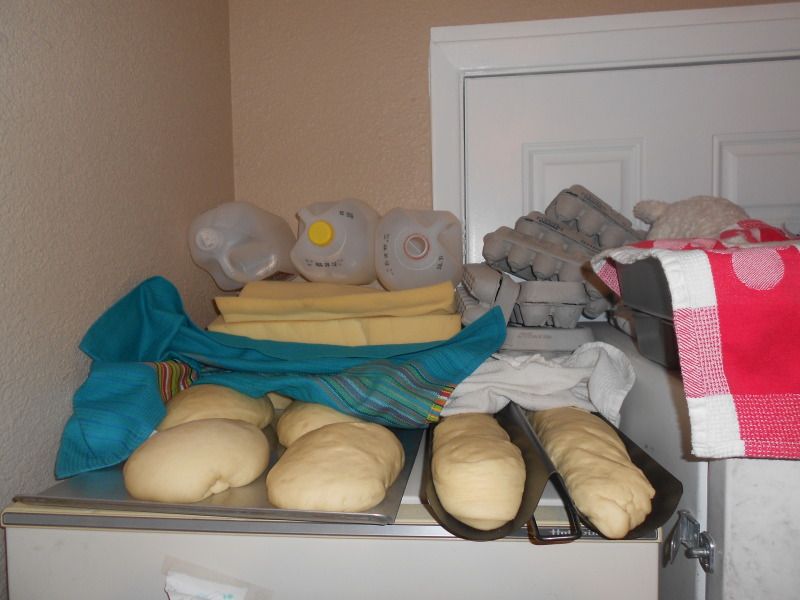
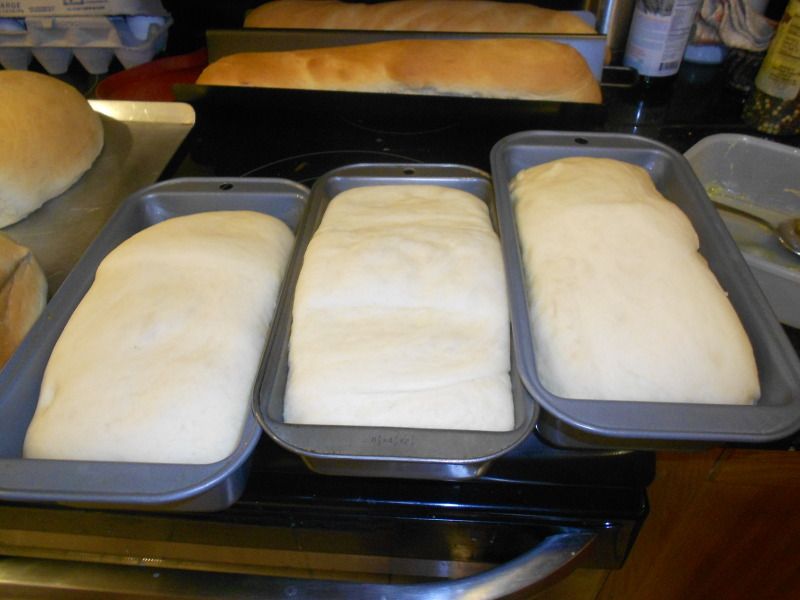
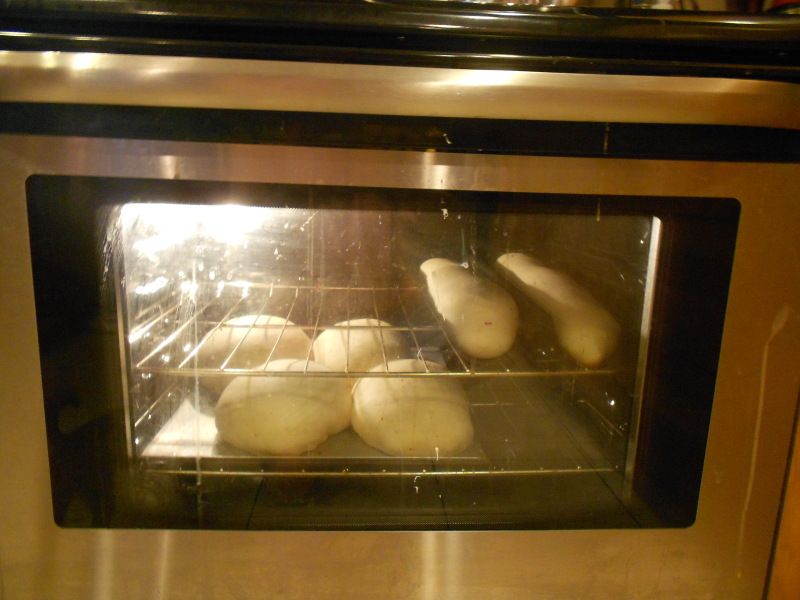
No comments:
Post a Comment